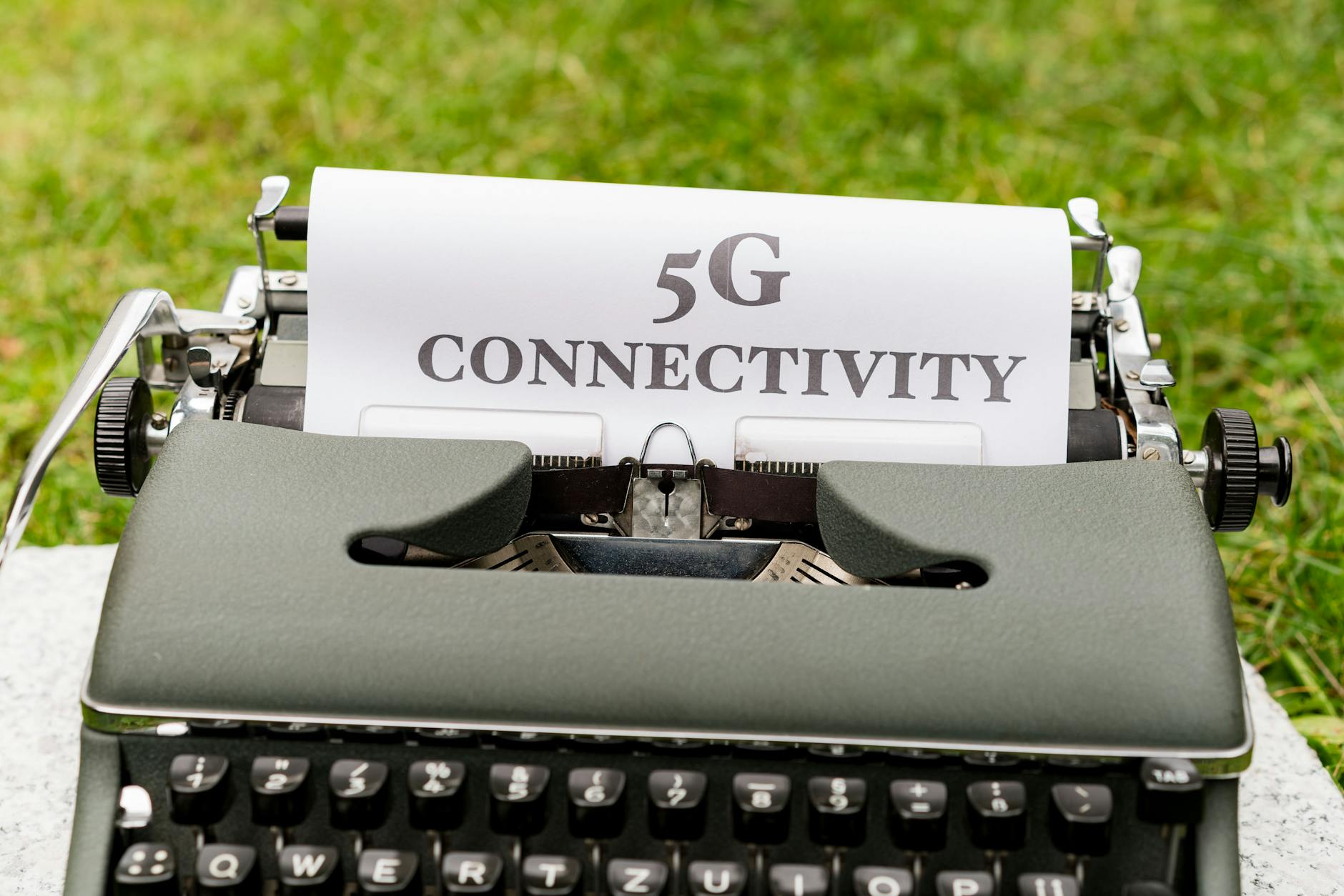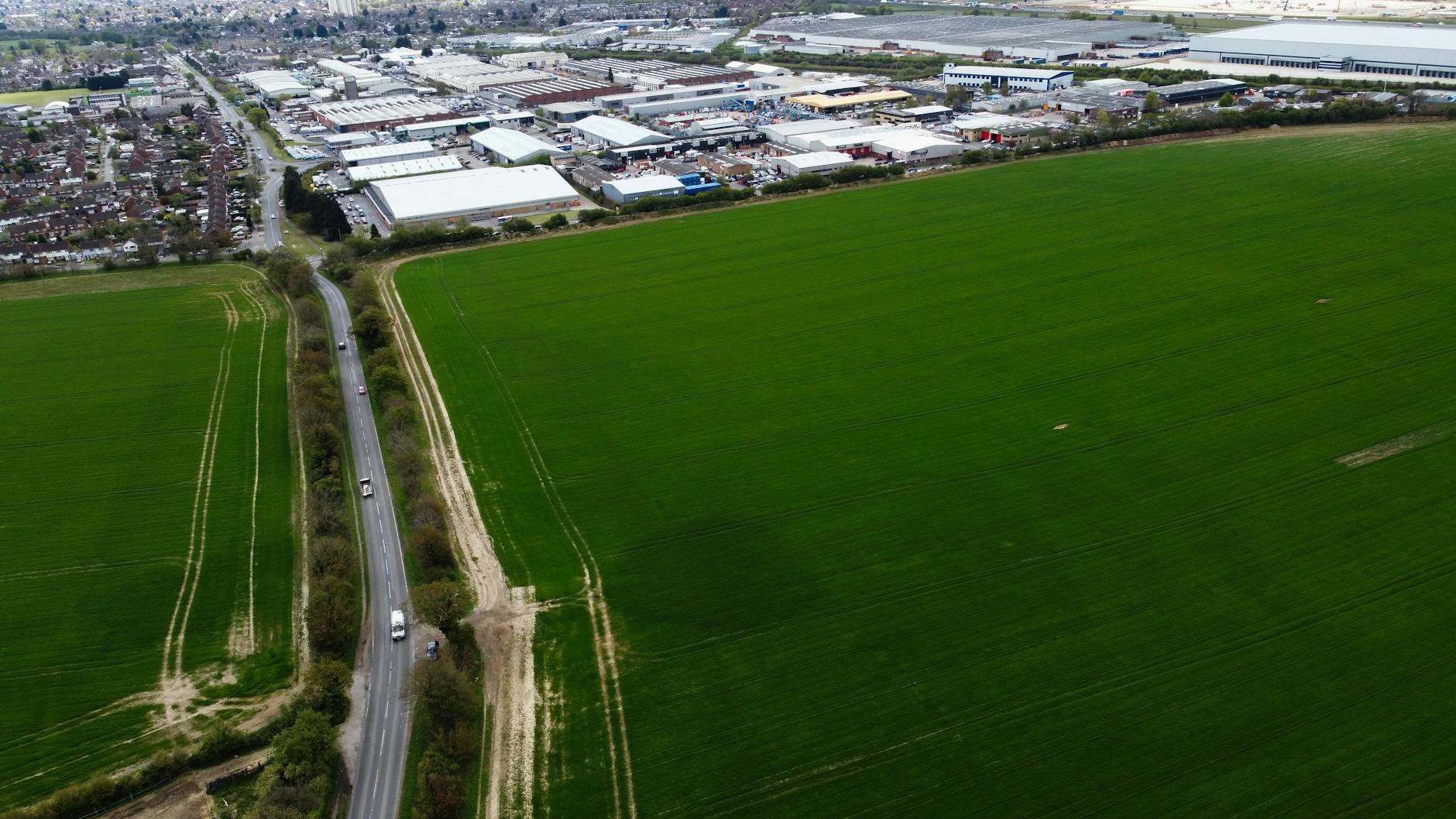
Small Business Growth in Rural Areas: How XNET WiFi’s Reliable Connectivity Fuels Local Economies
Imagine a small bakery nestled in a quiet rural town, its delicious aroma wafting through the streets. Or a craft brewery serving locals and tourists

Introduction
Imagine running a business from a remote farm, attending a college lecture miles from the nearest campus, or connecting with a doctor via video call in a mountain town. For many rural residents, these scenarios are still pipe dreams because of unreliable internet access. While cities enjoy lightning-fast 5G networks and high-speed fiber, rural areas are often left in the digital dust. But the future isn’t as bleak as it seems. Breakthroughs in satellite technology, wireless broadband, and public-private partnerships are making global connectivity more achievable. At the same time, challenges like terrain obstacles, high costs, and maintenance hurdles persist. This article dives into the innovations driving rural internet forward and the roadblocks still in their way. Whether you’re a homeowner, small business owner, or policymaker, understanding these shifts will help you see where opportunity—and responsibility—lies in closing the digital divide.
Innovations Powering the Next Wave of Rural Connectivity
Recent tech breakthroughs are turning the tide for rural internet. Satellite-based services like SpaceX’s Starlink and Amazon’s Project Kuiper are now delivering speeds of 50–200 Mbps to areas once deemed impossible to reach. Let’s not forget about fixed wireless solutions, which use high-frequency radio waves to transmit data via local towers. XNET WIFI, for instance, leverages this method to provide seamless coverage in remote regions by mounting powerful antennae on existing infrastructure like rooftops or utility poles. Then there’s low-Earth-orbit (LEO) satellite tech, which promises lower latency for gaming, streaming, and telehealth. And 5G isn’t just for cities anymore. Companies are experimenting with mobile carriers partnering with rural ISPs to expand reach. Add fiber-to-the-home (FTTH) projects targeting rural microgrids, and it’s clear the toolbox is bigger than ever. The trick now is scaling solutions affordably—and fast.
Government and Policy: Fueling the Fight for Equitable Access
No amount of innovation will fix the rural connectivity gap without policy support. Governments worldwide are stepping up: The U.S. alone is investing over $42.5 billion in the Broadband Equity, Access, and Diversity (BEAD) program, aiming to bridge gaps in 5,600 rural counties. The EU’s Digital Connectivity Coalition has funneled more than €20 billion into undersea cables and satellite projects. In India, the BharatNet initiative plans to connect 250,000 villages with optical fiber by 2025. These efforts often rely on public-private partnerships, where companies like XNET WIFI pair their expertise with government funding. But success depends on avoiding pitfalls like misallocating grants or favoring short-term fixes over sustainable solutions. Clear, transparent regulations are key to ensuring infrastructure companies deliver on promises.
Challenges Deep in the Trenches of Deployment
Building that dream rural network isn’t all snowflakes and satellites—it’s messy. Terrain like valleys and forests eats into signal strength, making solutions like traditional fiber uneconomical unless costs drop below $500,000 per mile. Then there’s the population issue: a 2023 FCC report found that 40% of rural residents pay more per Mbps than urbanites but still get slower speeds. Latency with satellite internet (typically 60–100 ms vs. 20 for cable) remains a blocker for real-time applications. Maintenance is another beast. Weather damage, tree growth, and sparse tech support teams slow down service rollouts. On top of that, only 32% of rural adults in the U.S. have used broadband for distance learning or remote work, partly due to overall cost and partly unfamiliarity—more on that next.
Real-World Success Stories and Lessons Learned
Progress exists when it works in harmony with local needs. Take North Carolina’s NC HUB, which combined government grants with entrepreneur-led cooperatives, achieving 1-Gbps speeds in 47 rural counties since 2020. Another example: The partnership between XNET WIFI and Midwest farming towns, where fixed wireless cut latency in half and expanded coverage for 10,000+ households. However, reliance on single providers has backfired in areas like Scotland’s Outer Hebrides, where a failed satellite contract left thousands with unreliable Wi-Fi for a year. The lesson? Scalable projects require flexibility. Communities must pair tech with local input, ensure multiple vendors are in place, and prioritize services for schools/hospitals first to create a ripple effect.
The Human Impact Beyond the Numbers
Rural internet isn’t just about movies on a Tuesday night—it’s about survival and opportunity. In Canada’s Yukon Territory, telehealth adoption dropped mental health wait times from weeks to hours. U.S. farmers using smart sensors and cloud analytics have boosted yields by 20% while saving 15% on water usage. But for this to scale, digital literacy matters. A Roku Roadblock Factory initiative in rural Ohio taught seniors how to use Zoom and LinkedIn, boosting local small business sales by 30%. XNET WIFI’s community workshops do similar work, showing how simple training can unlock massive potential. The future needs tech, money, and education working in lockstep.
| Challenge | Traditional Solutions | Innovative Alternatives | Key Benefit |
|---|---|---|---|
| Broadband reach | Dial-up, DSL | Satellite, fixed wireless | Coverage for remote areas |
| Latency issues | Rural cable (70+ ms latency) | 5G mobile backhaul, LEO satellites | Lower wait times for real-time apps |
| Cost | Typical $100+/month for limited speed | XNET’s tiered plans: $50/month for 100 Mbps | Affordable speed for households |
Conclusion
From satellites beaming over the poles to ground-level wireless grids, the future of rural internet is being built by a mix of cutting-edge tech and grassroots effort. These advancements matter because research shows that every 1 Mbps increase in rural broadband speed boosts local employment by 1.2% and income by 1.6%. Yet, no single innovation will finish the job. Governments must keep funding programs that reward inclusivity. Providers like XNET WIFI need to innovate while balancing cost for households. And communities? They should push for tailored solutions, not one-size-fits-all. The digital divide isn’t just a tech problem—it’s a movement. Whether you’re advocating for better internet in your hometown, choosing a provider, or building the systems that make it all possible, the time to act is now. Because in 2025, being online isn’t a luxury. It’s a lifeline.
Image by: Markus Winkler
https://www.pexels.com/@markus-winkler-1430818

Imagine a small bakery nestled in a quiet rural town, its delicious aroma wafting through the streets. Or a craft brewery serving locals and tourists

Embarking on an adventure, whether it’s a cross-country road trip, a remote camping excursion, or even just a weekend getaway, means embracing the unknown. But

For many rural Americans, reliable home internet has long been a challenge. Traditional broadband options like DSL or cable simply don’t reach many remote areas,

The rise of remote work has transformed how and where we do business. For entrepreneurs, freelancers, and distributed teams, the traditional office is no longer

For too long, rural businesses have been hamstrung by unreliable internet. The promise of high-speed connectivity, a given in urban centers, too often remains a

Tired of the frustrating spin icon and the dreaded “No Service” notification? For too long, reliable internet has felt like a coin toss, especially if